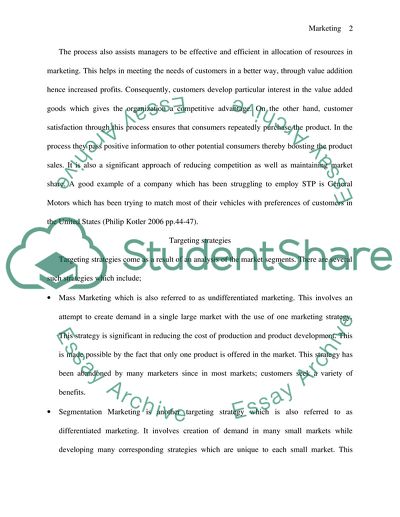Cite this document
(Diversifying the Market to Satisfy Customers' Needs Coursework, n.d.)
Diversifying the Market to Satisfy Customers' Needs Coursework. Retrieved from https://studentshare.org/marketing/1721332-markting
Diversifying the Market to Satisfy Customers' Needs Coursework. Retrieved from https://studentshare.org/marketing/1721332-markting
(Diversifying the Market to Satisfy Customers' Needs Coursework)
Diversifying the Market to Satisfy Customers' Needs Coursework. https://studentshare.org/marketing/1721332-markting.
Diversifying the Market to Satisfy Customers' Needs Coursework. https://studentshare.org/marketing/1721332-markting.
“Diversifying the Market to Satisfy Customers' Needs Coursework”, n.d. https://studentshare.org/marketing/1721332-markting.


